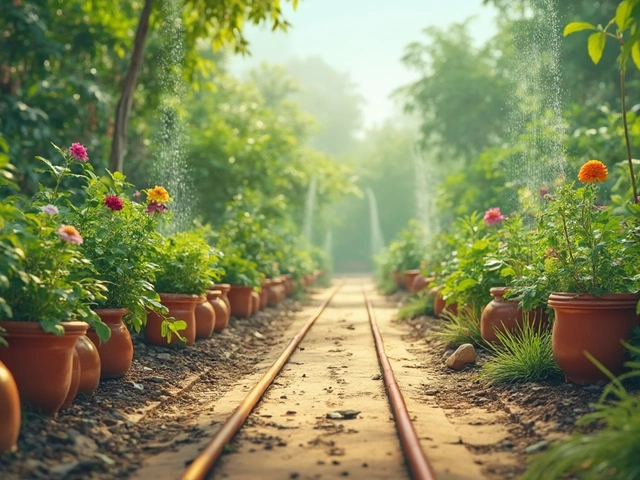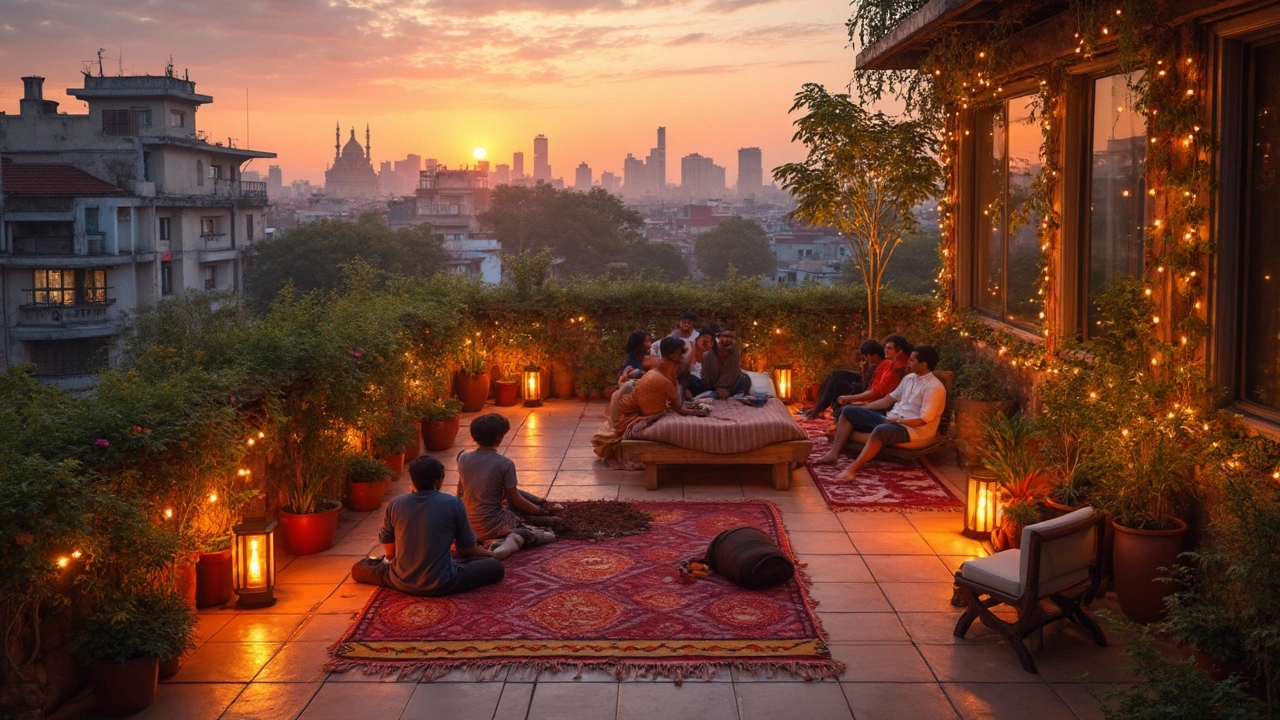Outdoor Space: Simple Ideas to Upgrade Your Garden, Balcony or Yard
Got a patch of land, a tiny balcony, or just a corner that needs love? You don’t need a big budget or fancy tools to make it shine. Below you’ll find down‑to‑earth tips that work for any outdoor space, whether you’re a city dweller or a country gardener.
Designing Your Outdoor Space on a Shoestring
First thing’s first – plan what you want to do. Sketch a rough layout on paper or use a free phone app. Mark where the sun hits, where shade falls, and where you’ll walk. This quick visual helps you avoid costly mistakes later.
If you’re limited on ground area, think vertical. A vertical balcony garden can hold herbs, strawberries or even trailing flowers without using floor space. The post "How to Maximize a Small Balcony" shows step‑by‑step layouts that turn a cramped balcony into a mini‑lounge and herb garden.
For larger yards, grouping plants by water needs makes watering easier. Pair drought‑tolerant grasses with succulents, and keep moisture‑loving veggies together. This way, you can set up different irrigation zones and save water.
Smart Watering & Sustainable Practices
Water is the biggest expense for most outdoor spaces, so using it wisely pays off fast. Drip irrigation is a game‑changer – it delivers water right to the root zone and cuts evaporation. Check out the guide "How Deep Should Drip Irrigation Lines Be Buried?" for the perfect burial depth to keep tubes safe and effective.
If drip kits feel pricey, start small. Lay a few drip lines around high‑need plants and expand as you get comfortable. The article "Why Is Drip Irrigation So Expensive?" breaks down real costs and shows cheap alternatives like DIY emitters.
Compost is another free resource. Adding kitchen scraps to a compost bin gives you nutrient‑rich soil that improves drainage and reduces the need for chemical fertilizers. The post "Sustainable Gardening" explains how composting fits into a low‑impact garden routine.
Don’t forget the soil. Heavy, compacted ground can choke roots. Simple additives like sand, leaf mold, or well‑rotted compost lighten the texture. The "How to Loosen Heavy Garden Soil" article gives a quick recipe you can mix in a weekend.
Finally, think about the wildlife you invite. Native plants attract pollinators and need less water. An eco‑friendly yard with native grasses and flowers not only looks good but also supports local insects. See "Eco‑Friendly Yard Ideas" for plant suggestions that thrive without extra care.
Putting these ideas together doesn’t have to happen all at once. Pick one area – maybe a new drip line or a vertical balcony garden – and see how it changes the space. Small wins add up, and before you know it, your outdoor area will feel like a personal retreat, a productive veggie patch, and a low‑maintenance haven all at once.
Does a Roof Terrace Add Value? Real-Life Perks & Smart Tips
Is adding a roof terrace a smart move for boosting your home's value? This article digs into the facts about roof terraces and their real impact on property value. Learn from hands-on gardening tips, get the numbers on home upgrades, and find out what buyers are actually looking for. See how a roof terrace can change the way you enjoy your home—plus little-known details about costs, payoffs, and legal stuff. Turn your empty roof into a space everyone wants.
About
Terrace Gardening
Latest Posts

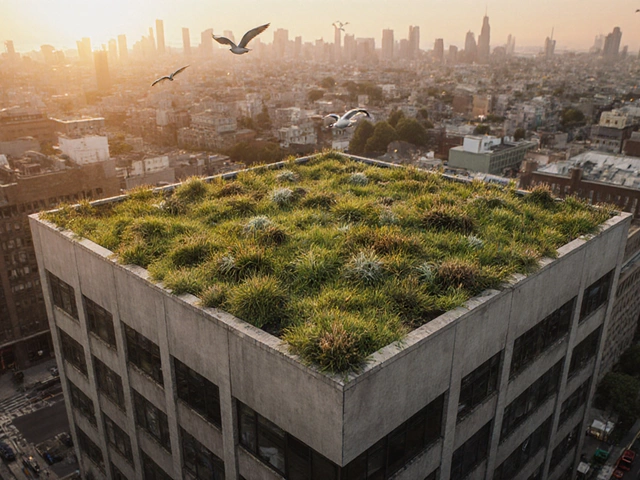
Two Drawbacks of Green Roofs You Should Know
By Alden Thorne Oct 8, 2025
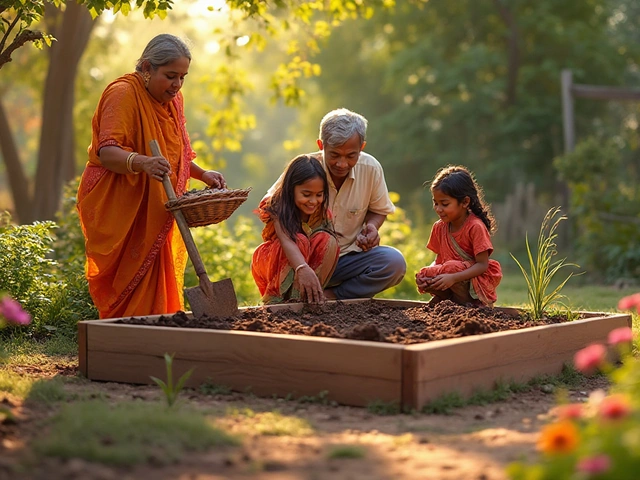
Calculating Soil Needed for a 4x8 Raised Garden Bed
By Alden Thorne Jan 29, 2025
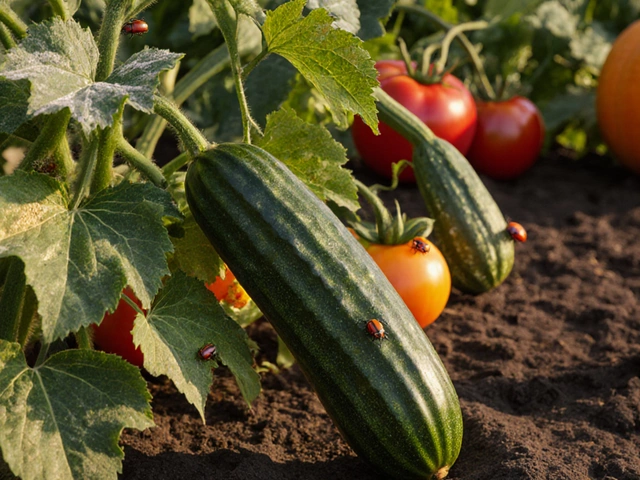
Cucumber Companion Planting: Which Plants to Avoid
By Alden Thorne Oct 11, 2025
